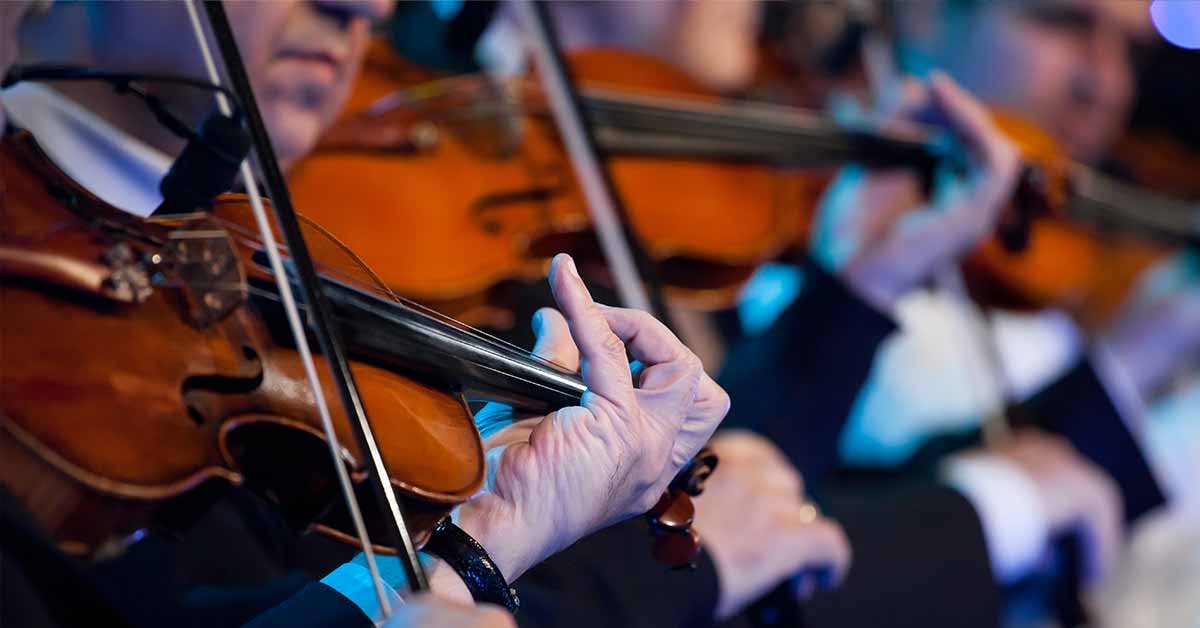To continue where we left off in Part 1, I want to take a look at what it means to invest in an orchestra from the perspective of a donor, volunteer, and employee. Using my aunt’s guidelines for investing (she was a major co-owner in Kinko’s before it went public) you should adopt a simple criteria that is not dissimilar from deciding to buy stock in a company. She put this together with me to help me decide whether to uproot to a new orchestra job or keep the current one I had. This is what she came up with.
“When you look at this job, you are looking at an investment; not only in your future, but the community’s future. So you need to look at this as if you are about to buy some stock in this company,” she said. “What are the financials like? What are the one, five, and 10 year strategies? Who is the CEO and how is the relation with the Board of Directors? Is the product being marketed efficiently? Who are the competitors and are they a threat?”
She felt all of this was relevant to my situation and after going through the list and coming to a conclusion, I felt she was spot on. Since then, I have taken these guidelines and adopted them to be useful for others with a vested interest in orchestra investing: prospective volunteers (board or otherwise), donors (small and large alike), and employees (managers and musicians). Having worked as a board officer in a charitable foundation I co-founded and participated as a volunteer at numerous nonprofit groups, I’ve added some deeper questions and perspectives each group should consider based on those experiences.
1. Is the company’s business plan simple and understandable?
Volunteer: Is the motivation and mission of the orchestra easy for you to sincerely share with patrons and future donors?
Employee: Is the mission and practices of the orchestra something you trust and believe in?
Donor: Will your money be used in a respectful and organized fashion? Does the organization have a history of reasonable transparency and accountability?
2. Does the company have a consistent operating history while holding onto long term prospects?
Volunteer: Is there a consistent use of volunteers? Are there exciting things to participate and/or look forward to in the future? Is there a tangible sense of ownership among volunteer groups? Are there meaningful appreciation efforts toward volunteers?
Employee: Have you looked into the past several years of a pay schedule? Have there been any work stoppages or lockouts? Have there been any rounds of layoffs? Are there realistic plans for expansion in the future and a history of professional advancement?
Donor: How often do small and mid level donors repeat their gift? Does the organization have a history of raising funds for specific projects and following through on them? Will your donation allow for a future project you are excited about?
3. Is management rational? And, are they candid with its shareholders?
Volunteer: Does management understand or appreciate your commitment? Are you able to see an honest view of the organization’s challenges and accomplishments? Are you getting a diverse cross section of views from other institutional groups?
Employee: Does the organization ask employees for unusual jobs to be done? Are they using words like “outreach” but applying it to services such as having a quartet play in a restaurant or showing up to car showrooms during sales events? Are there sudden and multiple departures throughout any segment of employees. Is management upfront with financial condition?
Donors: Has management ever taken a large donation for a specified project only to retool that project into something not even close to the original intention? Will management show you how your money is being used over the course of a specified project? Are annual reports and IRS filings clear, easy to understand, and readily available? Are audits free of conflict and truly independent?
4. Does the management act in the best interest of the shareholders?
For all three groups: Is the management keeping the goal and/or mission statement at the core? Is the longevity of the art on the forefront? Is management just looking out for their own jobs, and prepared to leave as soon as something more prestigious opens up? Is decision making inclusive or limited to a top-down, old-boy network?
5. Are there dividends?
For all three groups: “Dividends” is something that is definitely an arguable term. But for the purpose of this exercise, it includes the positives that come out of an orchestra; high concert attendance, steady growth in artistic activity, and an institution wide sense of trust and respect. Beyond regular concert activity, a good dividend to a community could be a sustainable music education program, a sounding board or outlet for grief during national tragedies, a community celebration and gathering during a parks concert, or even a book club style gathering and discussion after a chamber music concert. Orchestras that just take and don’t give back in some fashion are hard to sell as relevant to society. An evolving sense of relevancy that is clearly unique to any given group is a good indication of trust and respect needed to build a strong organizational vision.
Having my aunt go through these questions with me helped me decide to decline the offer of work. I’ve kept a very close eye on that orchestra for each year since that emotionally tumultuous decision (jobs aren’t easily won in this business) and I feel very good about my decision. The clarity of hindsight has allowed me to see that it really would have been a likely mistake to accept the position. And I am eternally grateful my aunt helped me go through a process that clarified everything I need and expect in this business and to not compromise on the fundamentals of sound investing.










